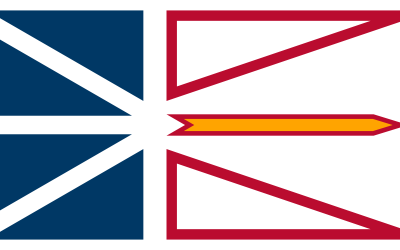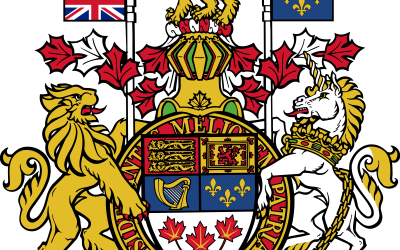Now that the federal election is over, various scribblers and pundits are busy interpreting our new parliament’s pronounced party divisions.
Many among the tea-leaf readers lament the “fragmentation” of Canada’s political landscape along regional lines, which presents the governing Liberals with a challenge. Reform has a less expansive view of government and will push hard to bring down Canada’s debilitating tax burdens. From the other end, the old left, will come pressure for more government programs and consequently, higher taxes.
But is the barrier between these two solitudes really unbreachable? Can we sustain or improve social programs, to make Alexa happy, while lowering their cost, to make Preston happy? Plenty of evidence suggests we can. Unfortunately, Canada has yet to break out of the box of its old thinking on public policy. The biggest problem is the persistent failure to distinguish between means and ends. This basic error confuses the service-delivery method with the results desired.
For many, hot-button services like education and health care must be delivered to the public by government. They believe this even though reams of evidence now demonstrate that direct government provision — usually through highly complicated, layered and bureaucratized monopoly agencies — unnecessarily drives up their cost.
Take schools, for example. A student in Winnipeg’s public system costs taxpayers about $6,000 per year. But many private schools achieve better results for at least a third less, or $4,500 a year per student ($1700 in fees, the rest in grants). They accomplish this in the face of blatant discrimination against non-government schools, which receive only between 50% and 80% of the grant levels given to their less effective public counterparts.
The high cost of direct government delivery and the dismal results achieved are fueling a global revolution in education. Sweden and Holland have dismantled the public monopoly through school voucher programs. In the United States, thirty private voucher programs exist in 18 states with others scheduled for start-up in a number of large cities. In addition, charter and for-profit schools are transforming the educational landscape. Consider the following.
Some 500 chartered schools-public schools operated autonomously-have been created in the last few years. According to a survey in the upcoming issue of Education Industry Report, about ten percent are run by private companies like the Edison Project, Advantage Schools, Sabis Educational Systems, Education Alternatives and Alternative Public Schools.
Edison, the leader in this group, is expected to announce it will double in size next year to 25 schools in eight states. Some analysts say its growth and performance demonstrate that a private company can operate schools better and more cheaply than school districts do.
Student test scores support the performance claim. Fifth-graders at Edison’s Wichita, Kansas school moved up to the 59th national percentile in reading from the 46th. And they shot from the from the 35th percentile to the 64th on a standardized math test taken by all Wichita public school students. On tests conducted by the Educational Testing Service, gains by Edison first-graders and kindergartners substantially surpassed those of pupils in a matched control group. Many previously skeptical educators now agree that children fare better under Edison’s plan than those who remain in conventional public schools.
Manitoba remains way behind the curve on education reform. Charter schools remain stymied by the system. The new “Schools of Choice” program restricts parents’ options with a bewildering set of conditions. So the public pays with higher costs and less than maximum results.
But it shows the Liberals how to reconcile Reform’s demands for efficiency with the NDP’s demands for protecting important social policy like pensions, medicare and education.
It can no longer be denied that the new methods enhance performance, but no one will benefit until our public policy makers break out of the box of the old thinking that leads them to confuse ends and means.


